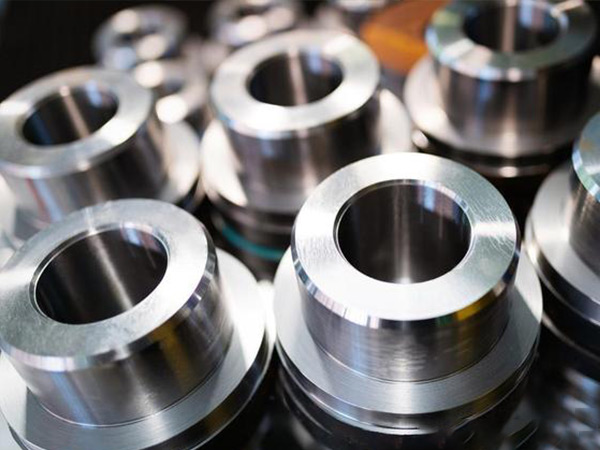Cast superalloys play a critical role in industries requiring high-temperature resistance, mechanical strength, and corrosion resistance. As new applications emerge in aerospace, energy, and industrial manufacturing, the demand for advanced cast superalloys continues to grow. This article explores how these emerging applications are shaping the development of cast superalloys, driving innovation in material science and engineering.

1. Aerospace and Jet Engine Advancements
The aerospace industry remains one of the primary drivers of cast superalloy development. Modern jet engines require materials that can withstand extreme temperatures and mechanical stress. Emerging applications, such as next-generation turbofan engines and hypersonic propulsion systems, demand superalloys with enhanced thermal stability and creep resistance.
To meet these requirements, researchers are focusing on:
Improved Nickel-Based Superalloys: Enhanced with refractory metals like rhenium and ruthenium for better high-temperature performance.
Single-Crystal Casting Techniques: Reducing grain boundaries to minimize creep deformation.
Additive Manufacturing Integration: Allowing complex geometries for turbine blades with optimized cooling channels.
2. Power Generation and Energy Efficiency
The energy sector is increasingly adopting cast superalloys for gas turbines and nuclear reactors. As power plants aim for higher operational efficiency, superalloys must endure prolonged exposure to extreme conditions. Emerging trends include:
Higher Operating Temperatures: Enabling more efficient energy conversion, necessitating alloys with superior oxidation resistance.
Advanced Cooling Technologies: Incorporating internal cooling passages in cast components to extend service life.
Corrosion-Resistant Coatings: Protecting superalloys from degradation in harsh environments.
3. Industrial Gas Turbines and Heavy Machinery
Industrial applications, including heavy-duty gas turbines and chemical processing equipment, rely on cast superalloys for durability and reliability. Emerging industrial needs are influencing alloy development in several ways:
Cost-Effective Alternatives: Reducing reliance on expensive elements like cobalt while maintaining performance.
Enhanced Fatigue Resistance: Ensuring long-term structural integrity under cyclic loading.
Tailored Microstructures: Optimizing grain size and precipitate distribution for specific operational conditions.
4. Automotive and High-Performance Applications
While traditionally less common in automotive applications, cast superalloys are gaining traction in high-performance and electric vehicle components. Emerging uses include:
Turbocharger Components: Requiring lightweight yet heat-resistant alloys.
Exhaust Systems: Needing materials that can withstand thermal cycling and corrosive exhaust gases.
Battery and Fuel Cell Technologies: Supporting high-temperature components in next-generation energy systems.
5. Future Directions in Cast Superalloy Development
The continuous evolution of industrial and technological applications ensures ongoing advancements in cast superalloys. Key areas of research include:
Computational Alloy Design: Using AI and machine learning to predict optimal compositions.
Multi-Material Casting: Combining superalloys with other advanced materials for hybrid performance benefits.
Recycling and Sustainability: Developing methods to reuse superalloy scrap without compromising quality.

Conclusion
Emerging applications across aerospace, energy, industrial, and automotive sectors are significantly influencing the development of cast superalloys. As performance requirements become more demanding, material scientists and engineers continue to innovate, ensuring these alloys meet the needs of modern high-temperature and high-stress environments. The future of cast superalloys will be shaped by ongoing research, advanced manufacturing techniques, and the evolving demands of cutting-edge industries.
By addressing these challenges, the industry can ensure that cast superalloys remain a cornerstone of high-performance engineering applications.